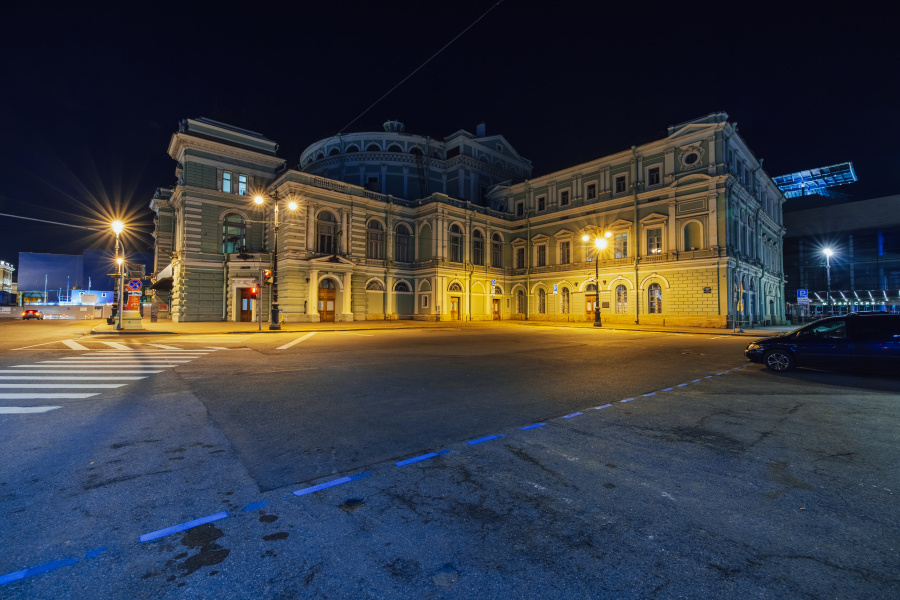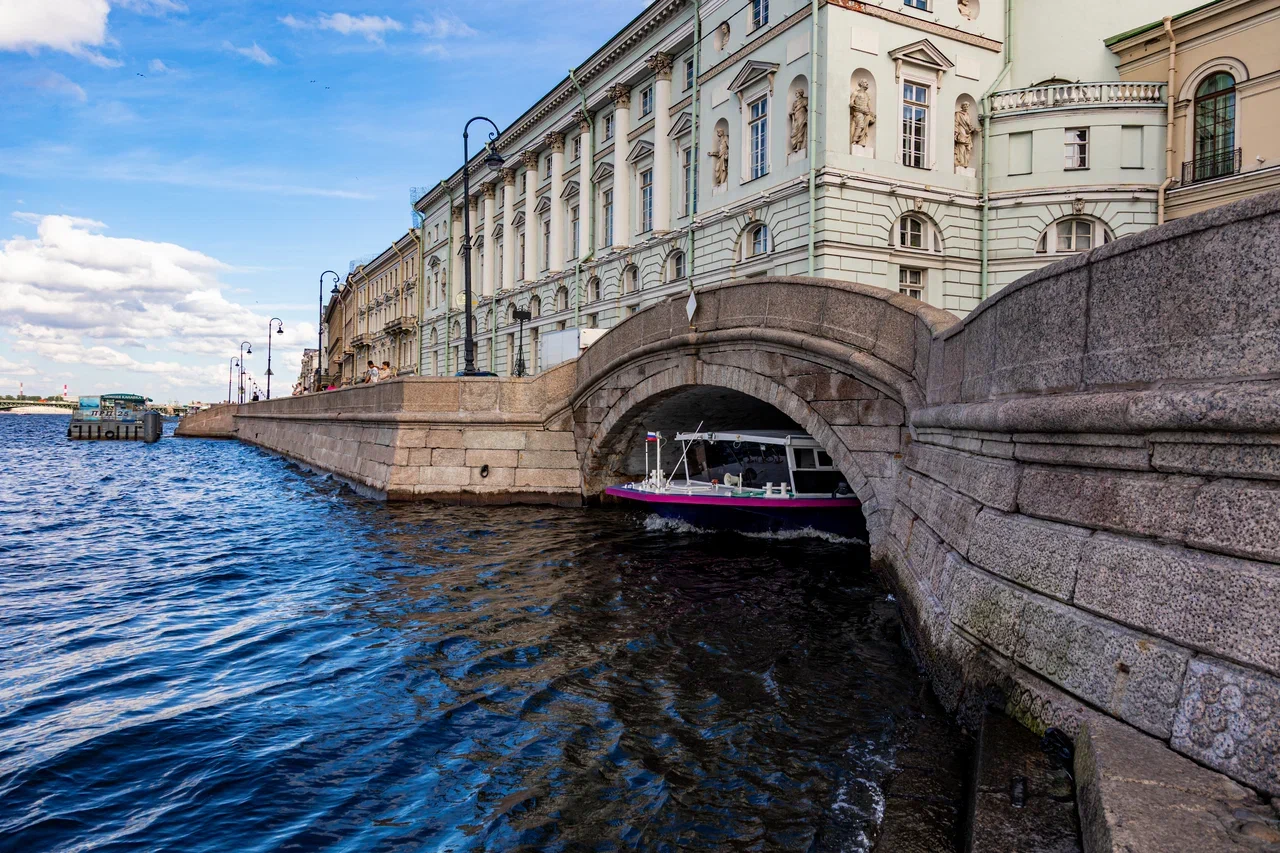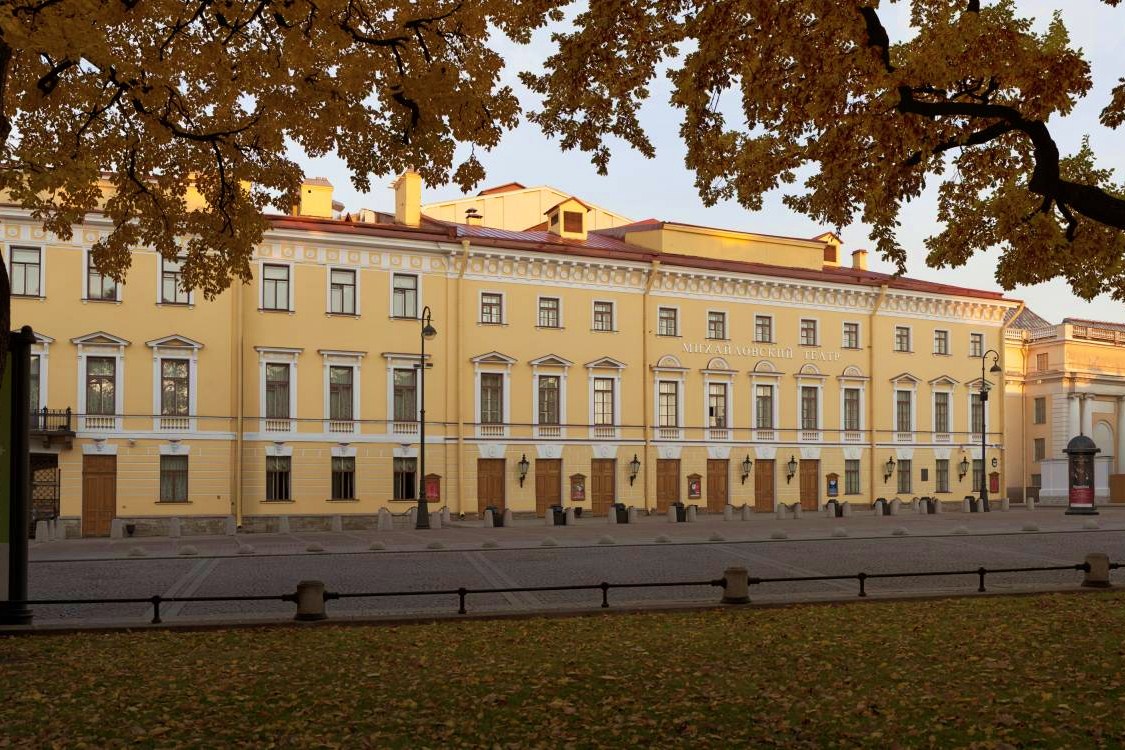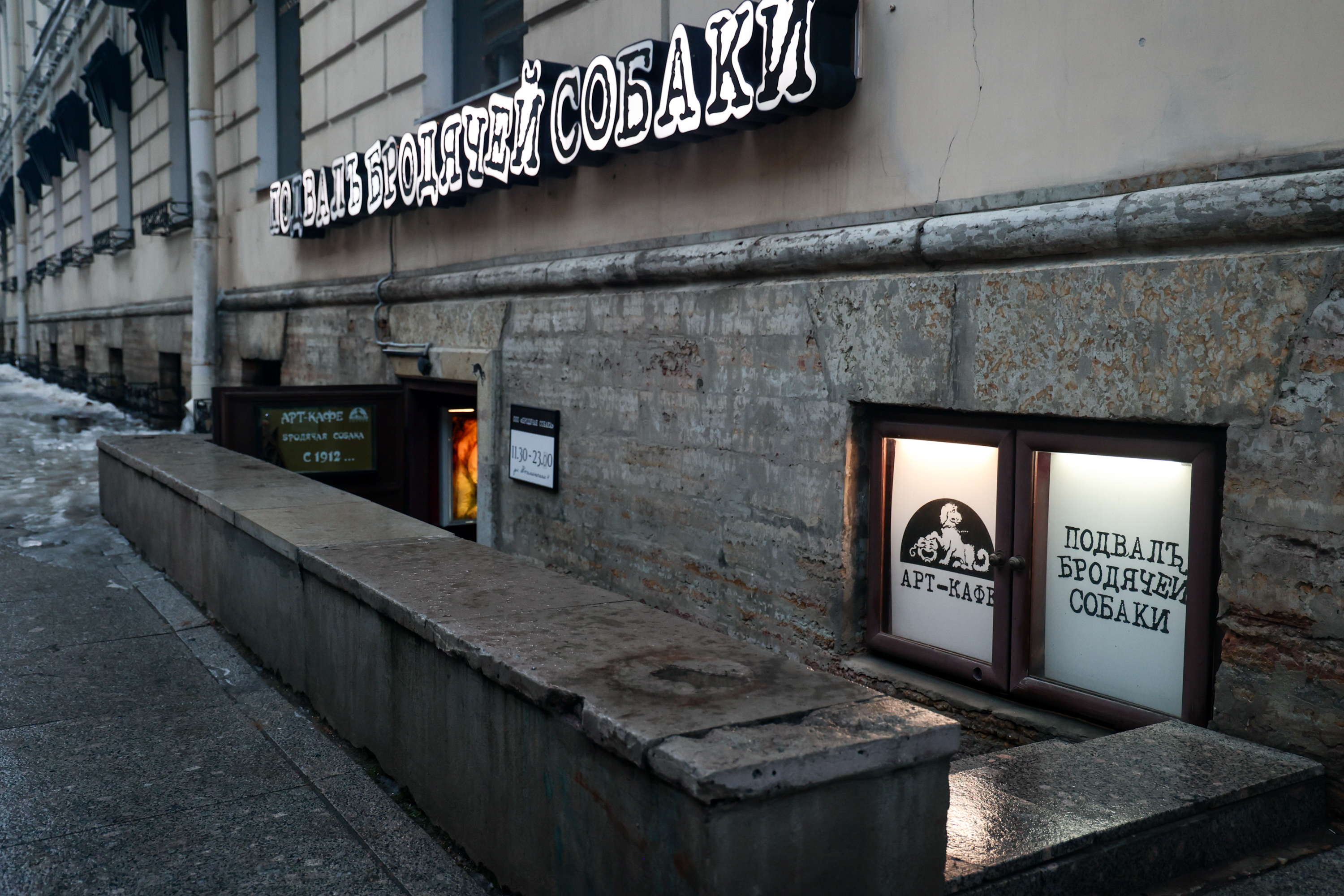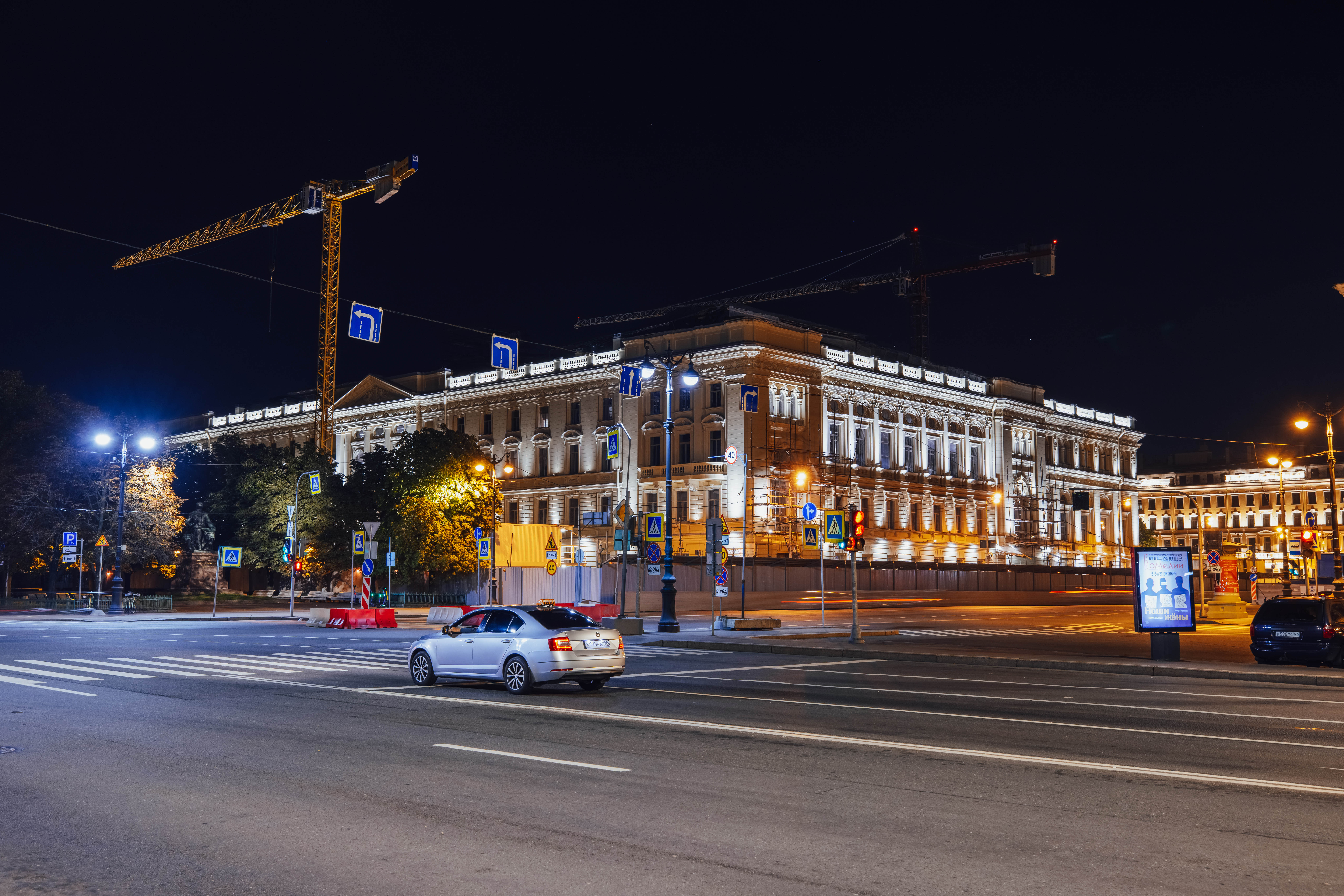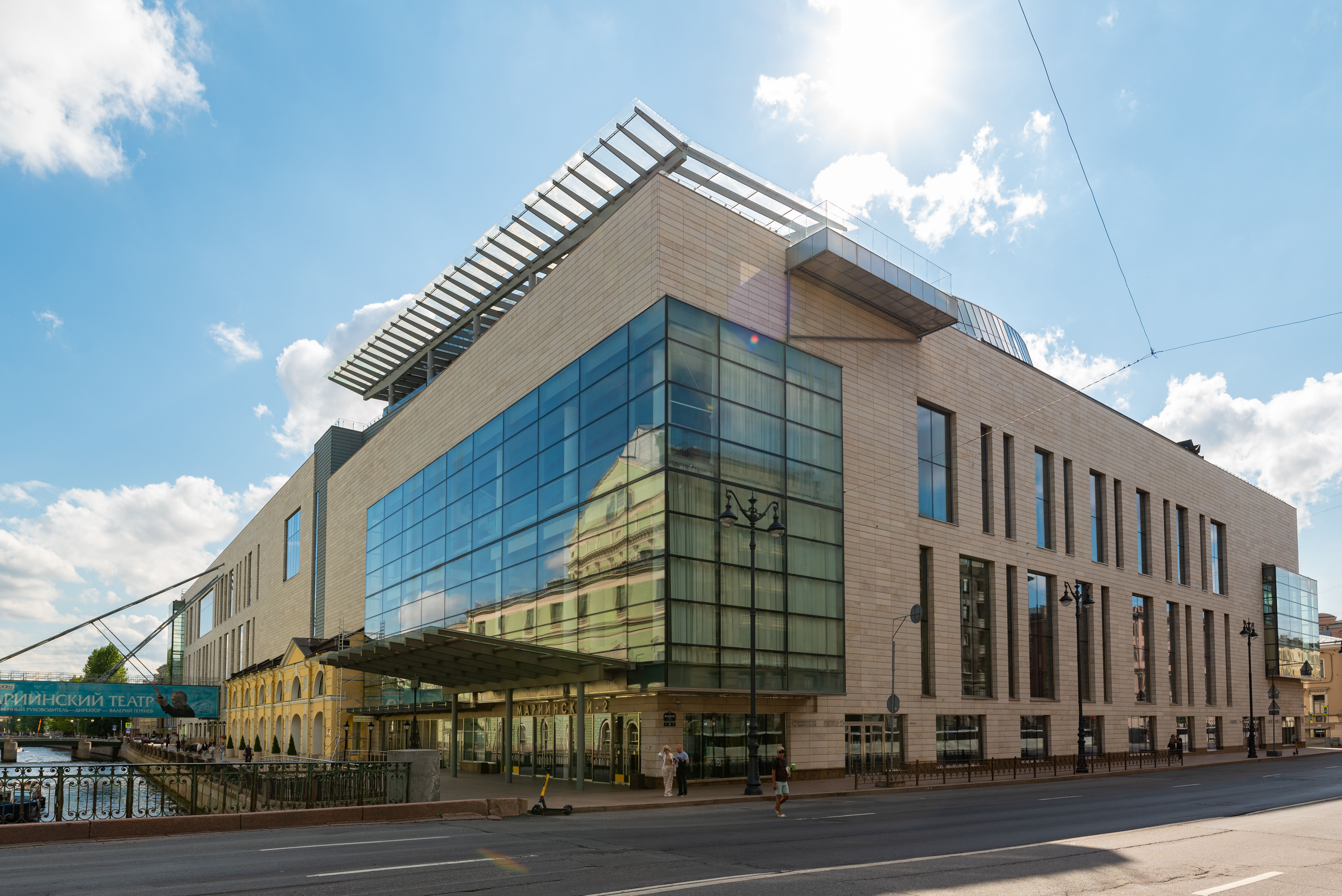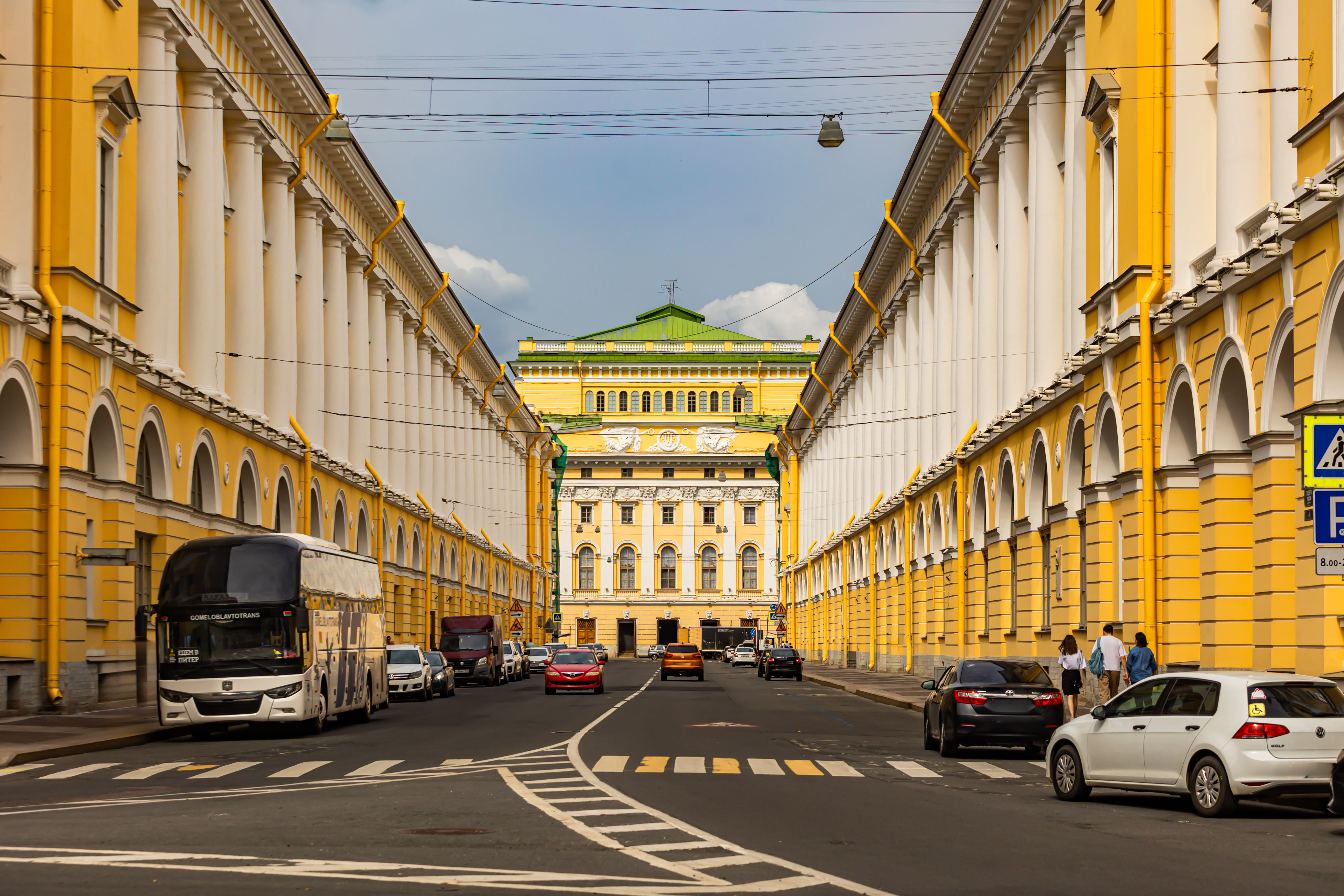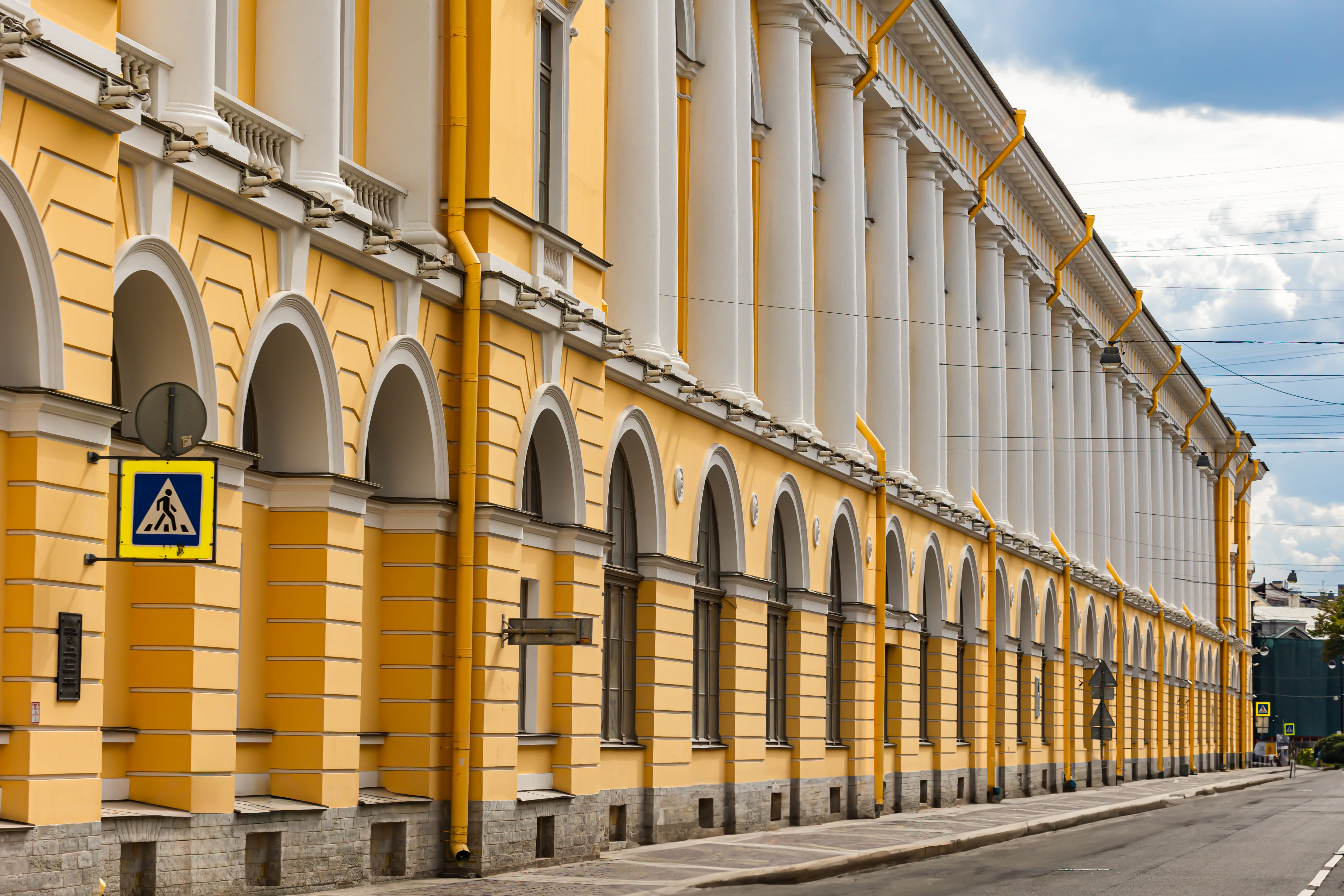 Saint Petersburg, Universitetskaya naberezhnaya, 15
Saint Petersburg, Universitetskaya naberezhnaya, 15
Classical ballet is a castle of beauty...
 3.636 km.
3.636 km.
 3 hours
3 hours
Маршрут рассказывает об одном из самых чудесных явлений, которое можно лицезреть в Санкт-Петербурге – знаменитейшем русском балете. Многие ценители с разных концов мира приезжают в наш город специально, чтобы посетить Мариинский или Михайловский театры. Мы приглашаем пройтись по улицам города, чтобы увидеть места, где люди, прославившие русский балет на весь мир, учились, трудились, жили, нашли место вечного успокоения.
"The Ballet about Orpheus" was the first choreographic performance in Russia showed at Tsar Aleksey Mikhailovich. In the first half of the 18th century teachers from Italy and France inculcated the ballet to people. The Imperial Land Noble Cadet Corps has become the cradle of the ballet in Saint Petersburg. His pupils showed ballets to the empress. In 1738 a ballet school of St. Petersburg (today Vaganova Ballet Academy) was established by the Imperial Decree of Anna Ioannovna. Creator and director of this school was Jean-Baptiste Landé. Since the 60's of the 18th century our ballet developed along the general lines of the classicism theatre. In the second half of the 18th century Franz Hilverding, Giuseppe Canziani, Gasparo Angiolini made ballets in St. Petersburg using at times Russian plots.
The cusp of the 18th and 19th centuries was the heyday of our ballet. Domestic composers appeared - Nicolai Titov, Stepan Davydov and Russified foreign composers - Catterino Cavos, Friedrich Scholz. Russian dancer and choreographer Ivan Valberkh outlined a way to synthesis of Russian performing style with dramatic pantomime of Italian ballet and forms of French school. In 1800-20's activity of the choreographer Charles-Louis Didelot has flourished. Successor to Jean-Georges Noverre and Jean Dauberval's traditions, Didelot made ballets based on mythological plots ("Flore et Zéphire", "Psyche Revived by Cupid's Kiss", "Acis et Galatée ") and heroic-historical themes ("Hungarian hut, or famous outcasts"). In cooperation with Catterino Cavos he was standing for unity of musical and choreographic drama of ballet performance. Evgenia Kolosova, Maria Danilova, Avdotia Istomina, Ekaterina Telesheva, Anastasia Novitskaya, Auguste Poireau, Nikolai Golz were famed for his ballet performances. In the first third of the 19th century Russian ballet came to their artistic maturity and became a national school.
In the middle of the century Marie Taglioni and Jules-Joseph Perrot (dancer and choreographer) shone in St. Petersburg. The dance thrust to the fore, was the culmination of dramatic acts. All the most famous romantic ballets of Western Europe were included in Russian ballet's repertoire: «La Sylphide" ("The Sylph"), "Giselle", " La Esmeralda", "Le Corsaire", "La naïade et le pêcheur", "Katerina, a robber's daughter ". In the 1860's the breakdown of romantic performance began in Russia. Also a choreographer of that time Arthur Saint-Léon enriched classical as well as character dance, expanding possibilities of dance ensembles, preparing accomplishments of Marius Petipa. The last one continued the process of enrichment of dance. Thanks to Petipa the aesthetics of “big”, or academic ballet has developed. It was a monumental `show` built at rates of scenery drama, and an external action was showed in pantomimic set-ups, an internal action –in canonical structures of classical dance. Petipa's search have finished with cooperation with P. Tchaikovsky ("Sleeping Beauty", Swan Lake") and A. Glazunov ("Raymonda", "The Four Seasons"), which scores were on the top of ballet symphony of the 19th century. Creative activities of choreographer L. Ivanov, Petipa's assistant, foreboded new imagery of dance of the early 20th century. E. Vazem, E. Sokolova, V. Nikitina, P. Gerdt, N. Legat, M. Kschessinskaya, A. Sobeshchenskaya, A. Shiryaev, O. Preobrazhenskaya, C. Brianza, P. Legnani, V. Zucchi took part in Petipa and Ivanov's ballets.
To the beginning of the 20th century Russian ballet took the lead in the world ballet theatre. The choreographer-reformer M. Fokin updated the content and form of ballet performance, creating a new type of performance –one-act ballet; it was subjected to the cross-cutting action, where the content was showed in the indissoluble unity of music, choreography, scenography (“Chopiniana”, “Petrushka”, “Scheherazade”). The main co-authors of the choreographer were not composers, but artists (they were also scriptwriters). Fokine's performances were designed by L. Bakst, A. Benois, A. Golovin, N. Roerich. Since 1909 S. Diaghilev organized a tour of Russian ballet in Paris, known as Russian Seasons. They exposed to the world composer I. Stravinsky and choreographer Fokin (“The Firebird”, “Petrushka”), dancer and choreographer V. Nijinsky and other performers, also they involved in the ballet theatre famous musicians and artists.
After 1917 Russian ballet remained a major centre of national art. In spite of the emigration of a number of outstanding figures of the ballet theatre, the Russian ballet school survived, nominated new performers. T. Vecheslova, N. Dudinskaya, O. Lepeshinskaya were among the leading artists of the late 1920's - early 1930's.
In the 30's the ballet theatre in Russia developed intensively. However, in spite of success the monopoly of the drama ballet in the theatre has led to artificially cultivated uniformity. Many types of performance went out of theatre use, in particular, one-act productions, including ballets without a subject and symphonic ballets.As a result of the fact that all searches outside the drama ballet were declared formalistic, after the devastating criticism of Shostakovich's ballet “The Limpid Stream”, Lopukhov, Goleizovsky, Jakobson and some others lost the opportunity to choreograph in leading ballet companies or were pushed aside stage. Nevertheless, performing skills, his traditions were preserved.
The turning point came in the late 1950s, when a new generation of choreographers came to the fore. Leningrad choreographers Grigorovich (“The Stone Flower”, “The Legend of Love”) and Belsky (“The Coast of Hope", "The Leningrad Symphony") entered first the path of the innovation; they built the play based on musical and dance dramaturgy, revealing the contents of the play in dance. In this process of updating a significant role belonged to Jakobson. The choreographer was constantly looking for new means of artistic expressiveness, used the imagery of other arts in ballet.
Since the 70's Russian artists feeling their absence of demand in the obsolete and poor repertoire of theatres, began to work increasingly abroad. Russian dancers of the young generation work being a part of foreign collectives.
The ballet of St. Petersburg is a huge culture asset of our city now. Graduates of the Vaganova Ballet Academy are in demand on any stage of the world, and the ballet of the Mariinsky Theatre shines as before, supporting the high name of the Russian ballet for the second century in a row.


 Back
Back 